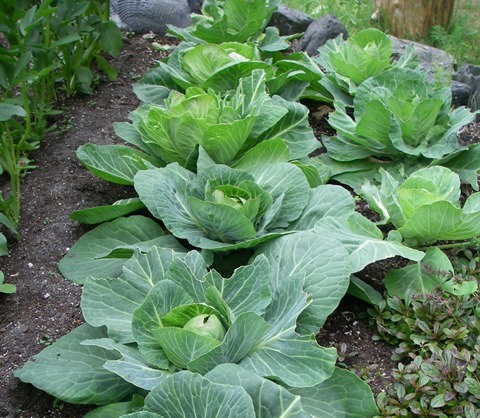
With the world’s population expected to grow by 30 per cent to nine billion by 2050, the demands on agriculture will continue to grow. The UN sees a critical role for business to play in offering practical solutions to meet the challenges of food security. The United Nations white paper on Sustainable Agriculture Business Principles-SABP suggests how the SABPs will guide all businesses involved in agriculture value chains including production, processing, trading, manufacturing, distribution and retailing.
Agriculture is core to building a sustainable future especially to ensure food and nutrition security and for secure livelihoods. The Principles will provide a framework for better practice and more effective partnerships between companies and governments. ?Here we are giving some tips to make agricultural programs inclusive.
Tips:
Include people with disabilities in skills training programs for rural development on efficient farming, including crop rotation, equipment, marketing, and farm management
Make adjustments and modifications to ensure people with disabilities can farm
Wheelchair farming
oFarm equipments modifications
Make current rural development programs and projects inclusive of people with disabilities, rather than developing separate programs and projects:
oMore cost-effective
oBetter use of resources available
The greatest barrier to the participation of PWDs in agriculture programs and rural development is cash capital necessary to start up and to maintain the farm:
oProvide access to microfinance and training for income generation
Consult and collaborate with disabled people’s organizations (DPOs) as well as with local and international NGOs on agriculture programs and rural development:
Network with DPOs, NGOs and organizations to promote information sharing and collaboration
oDPOs may have similar goals and relevant skills and experience in rural development
Adaptations and accommodation suggestions for inclusive Agricultural Development
Provide appropriate technology for rural people
Adapt planting and harvesting techniques in order to be accessible to people who are blind
Provide mobility aids to farmers with physical disabilities
Build supports and handrails on farming equipment for use by a farmer with a mobility disability
Design and build a portable chore chair for a farmer who cannot stand for long periods of time
Farmers access to technologies
By giving small-holder farmers access to technologies and connecting them to markets, they will have options for more profitable and resilient agriculture towards achieving food, nutrition and economic security.
iCOW APP
Idea: To harness the power of mobile phones to encourage best practice for dairy farmers and increase milk production.
Problem: Small-scale dairy farmers often living in remote areas don’t have access to valuable information about latest prices of milk or cattle, and they may not keep accurate records of important details such as their cows’ gestation periods or their livestock’s lineage often resulting in inbreeding and disease.
PORTABLE WATER PUMPS
Idea: Portable irrigation technology helping smallholder farmers grow crops out of season.
Problem: When it comes to food supply, India faces enormous instability due to unpredictable climate and poor resources. Only few percentage of India’s cultivated land is irrigated, limiting the volume of crops that can be grown out of season, but increased access to irrigation systems stands to increase food productivity by up to 50%.
Emergency credit through mobile phones
To offer emergency credit through mobile phones to people who don’t have access to credit cards or bank loans.
Problem: Credit cards are still rarely available to Indian farmers and bank loans are only authorised for large amounts of cash or as investments for buying homes or starting businesses.
Computer Tablet
Idea: The computer tablet that can connect to the internet via a dongle surmounts the price and infrastructure barriers in one go.
Problem: Tech-savvy youths, who make up the bulk of the continent’s population, face being left behind by a growing “digital divide”. Infrastructure is also straining under rapid population growth, and wireless and broadband technology is not yet widely available in many public places.
Without incremental productivity gains and technology diffusion across regions, achieving this higher growth may not be feasible and has implications for the macroeconomic stability given the rising demand of the 1.3 billion people for food. Achieving minimum agricultural growth is a pre-requisite for inclusive growth, reduction of poverty levels, development of the rural economy and enhancing of farm incomes.
Indian farmers are mostly small and marginal farmers with small and fragmented landholdings. The average farm size in the country has declined over the years. This poses a challenge in terms of adoption of farm mechanization as well as generating productive income from farm operation. Pooling of many landholdings may yield better economies of scale, for which land laws for leasing with sufficient safeguards in place should be considered.







